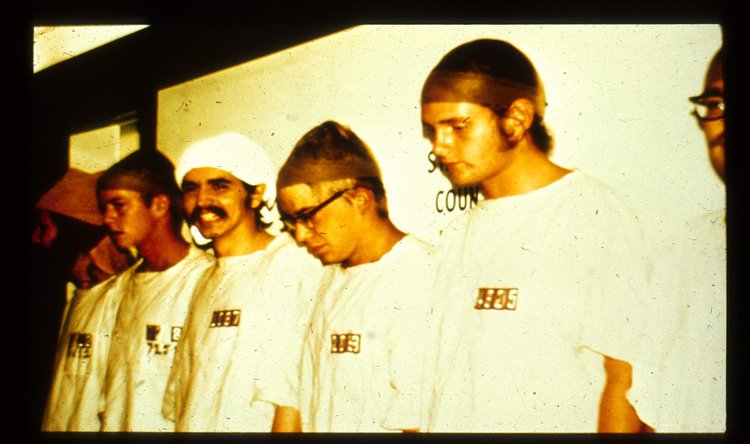Without question the best book I've read about human factors engineering and the issues that arise when we put human beings and technology together is
The Human Factor: Revolutionizing the Way We Live With Technology by
Kim Vicente. Vicente has written a very readable and fascinating book drawing on real life experiences from the aviation, nuclear, health care and other high risk industries. The book is organized around the "Human-Tech Ladder" which describes a hierarchy of relationships that explains why things sometimes go wrong when humans and technology mix. The ladder looks at the following factors:
- Size, shape, location weight, colour, material
Psychological - Information content/structure, cause/effect relations
Team - Authority, communications patterns, responsibilities
Organizational - Corporate culture, reward structures, staffing levels
Political - Policy agenda, budget allocations, laws, regulations



























